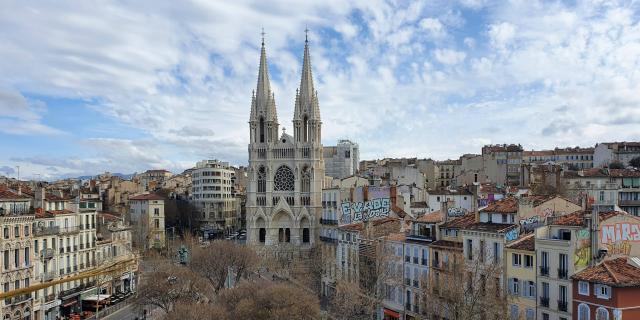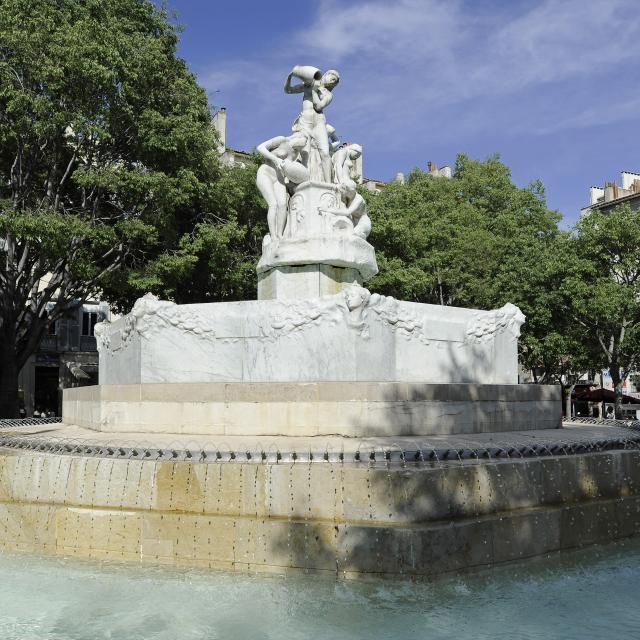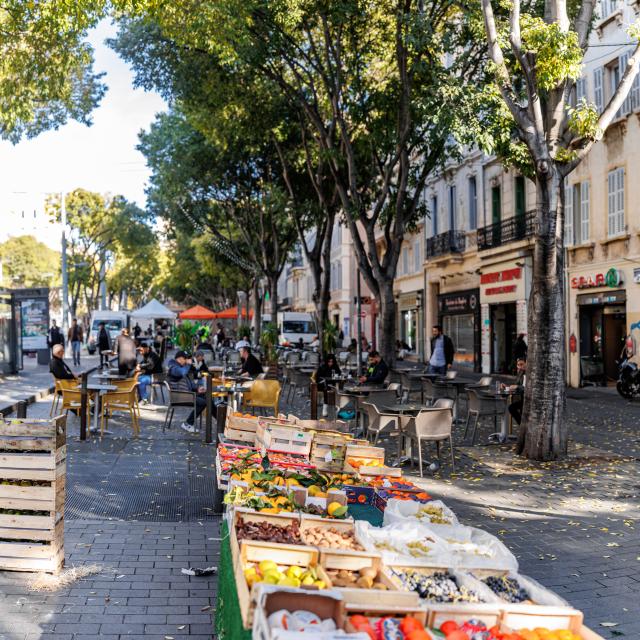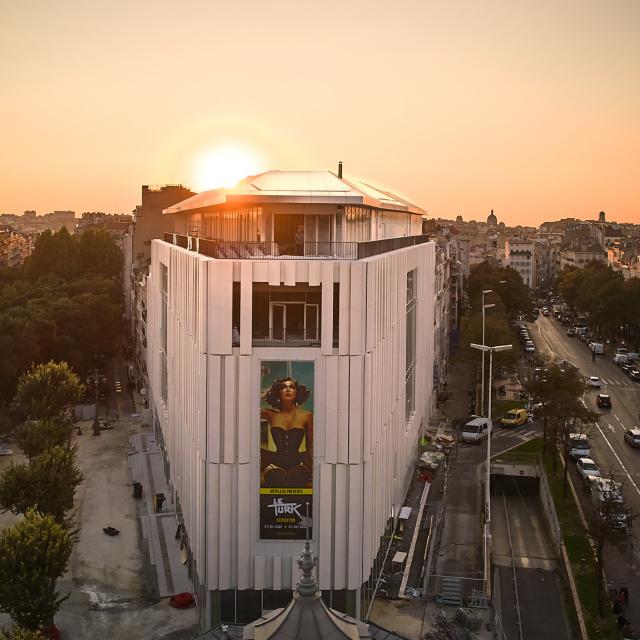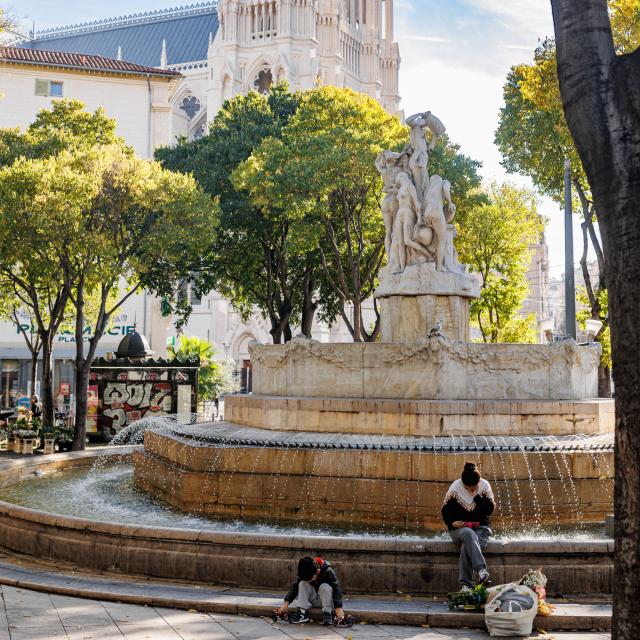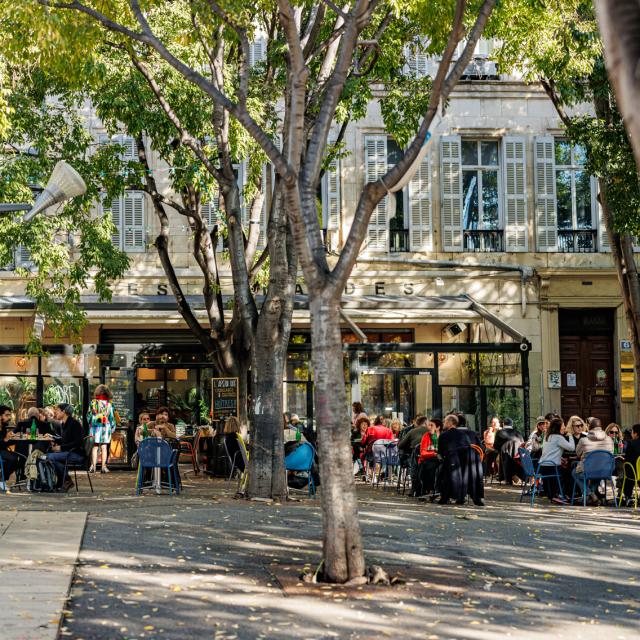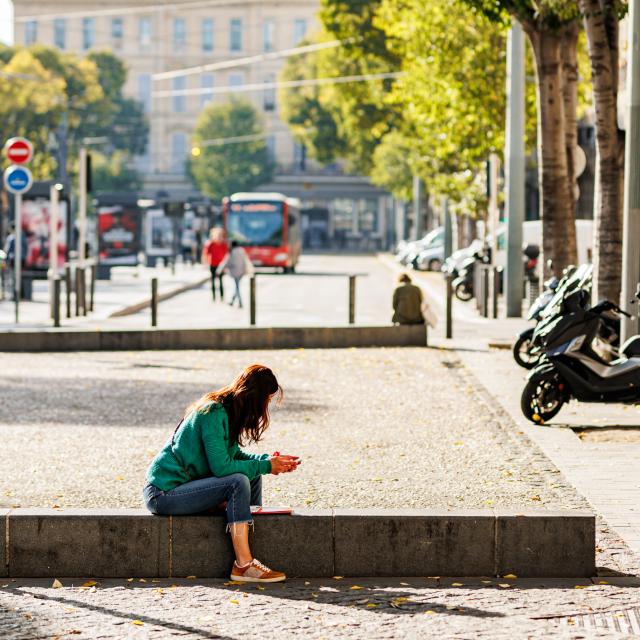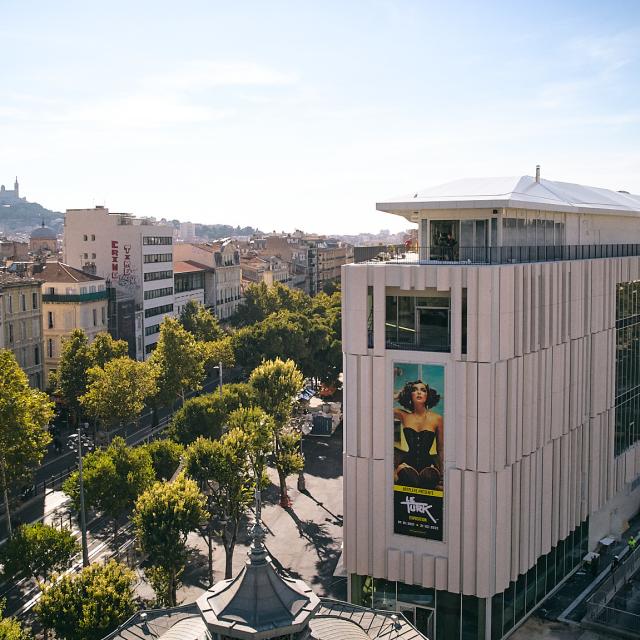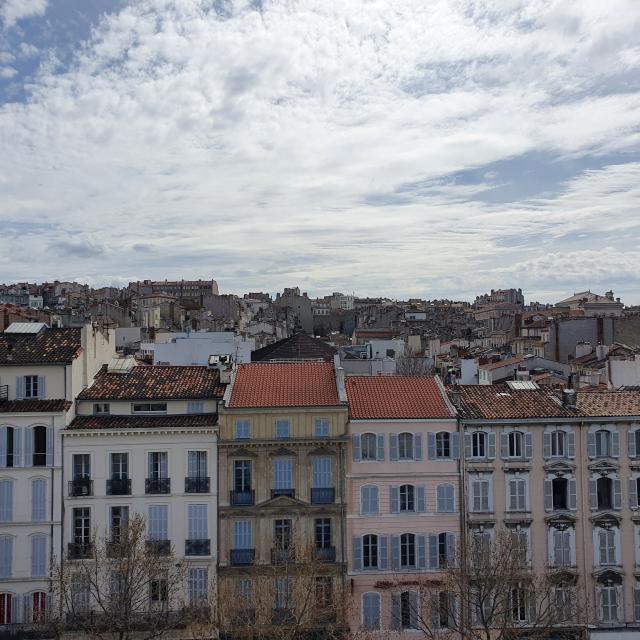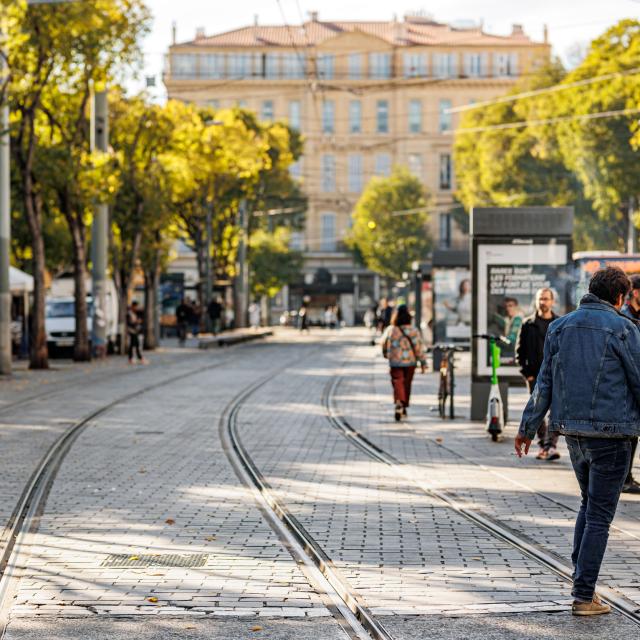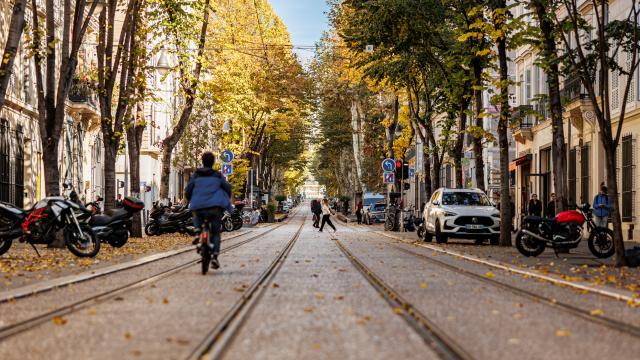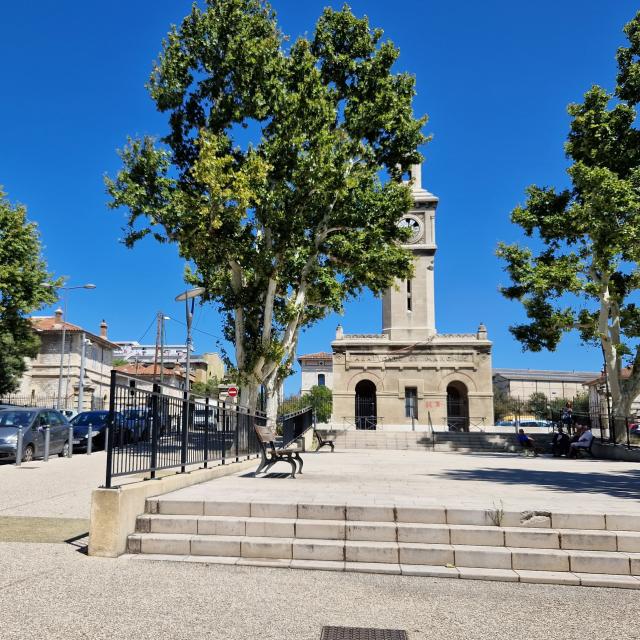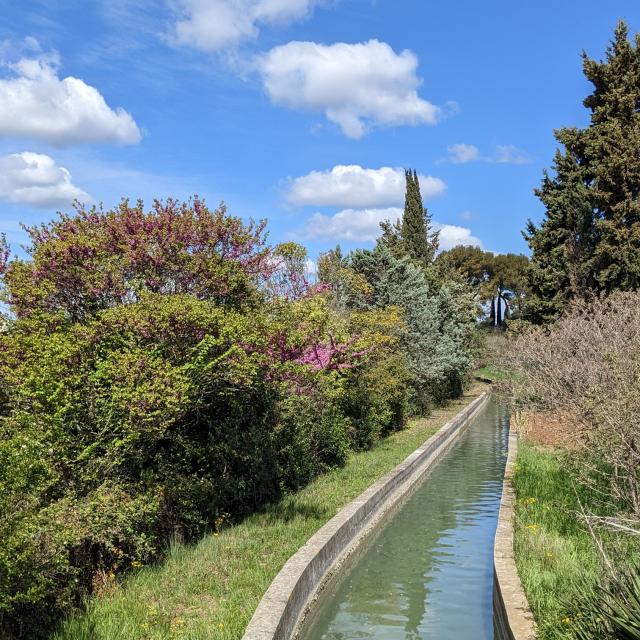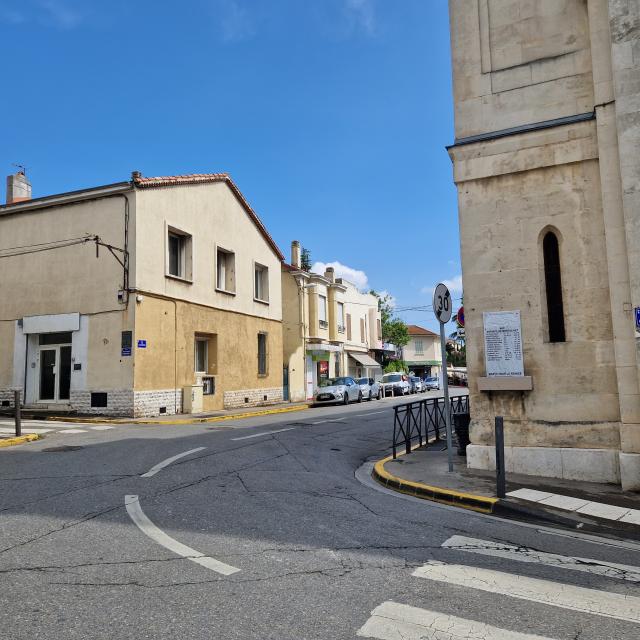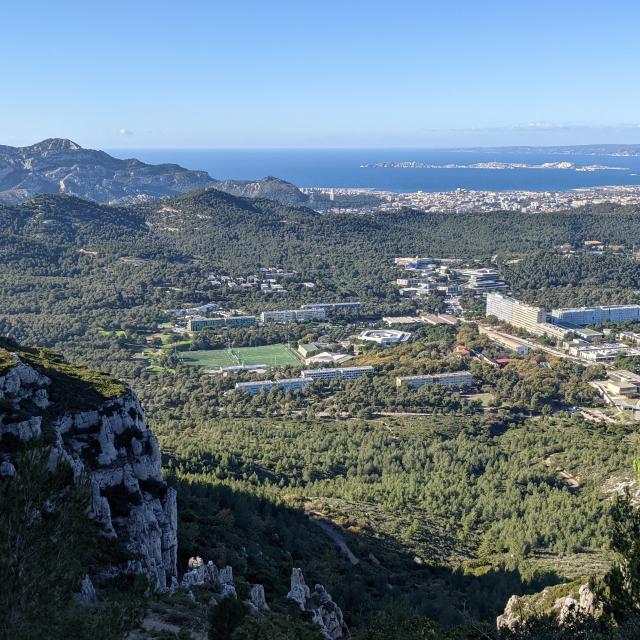The Saint Vincent de Paul church, also known as the Réformés church
The church of Saint Vincent de Paul is nicknamed by the locals as the Réformés church because of its history and its location on the site of a former chapel of the Reformed Augustinians, the first stone of which was laid by the Duke of Guise in the 17th century. Destroyed, it was replaced by a beautiful and large Gothic style church: the Saint Vincent de Paul church, inaugurated in 1886. Listed as a historical monument, it stands out in the landscape of Marseille and the Provence Alpes Côte d’Azur region thanks to its two towers which reach a height of 70 metres, as high as Notre-Dame Cathedral in Paris. It also has magnificent stained glass windows and a majestic organ to admire, as well as a statue of Joan of Arc. Although it was almost demolished in the 1980s due to low attendance, the Catholic Réformés church is now one of the city’s most popular parishes and one of the must-see monuments when visiting Marseille in the Bouches du Rhône.
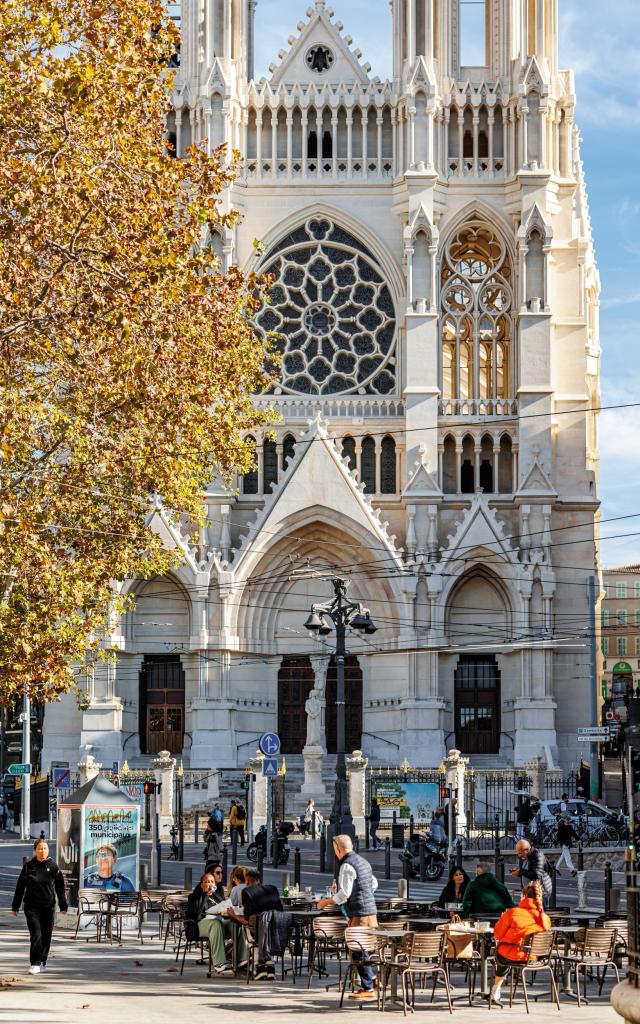 Massimomunicchi 7 reforms
Massimomunicchi 7 reforms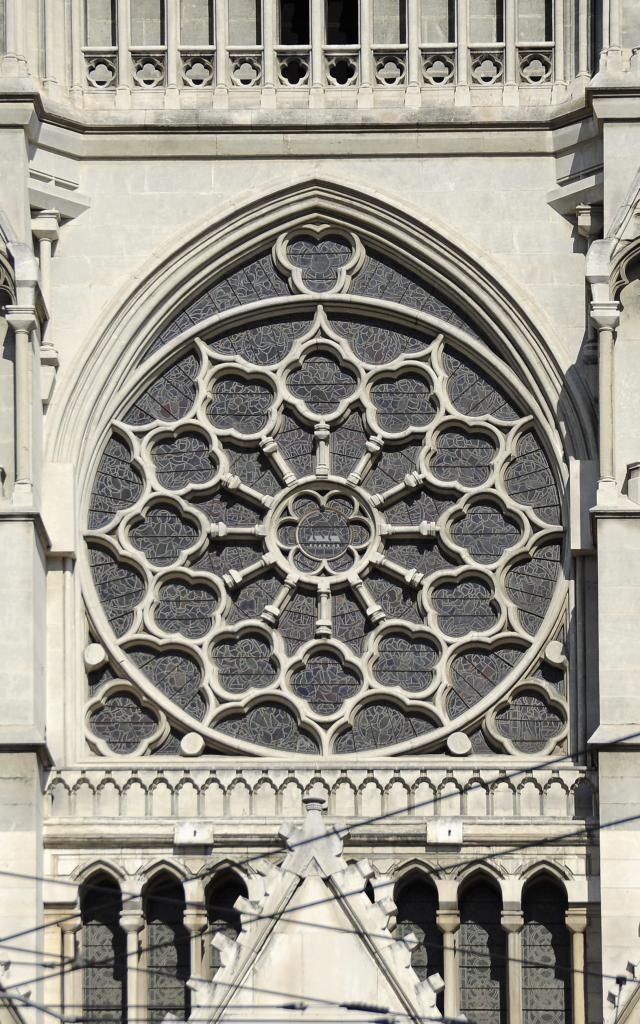 Réformés, église, Vitrail Micaleff
Réformés, église, Vitrail Micaleff